A fossil from an era when rallying was about bravery first and engineering second. Owning one isn’t about nostalgia; it’s about holding the last breath of a dying god.
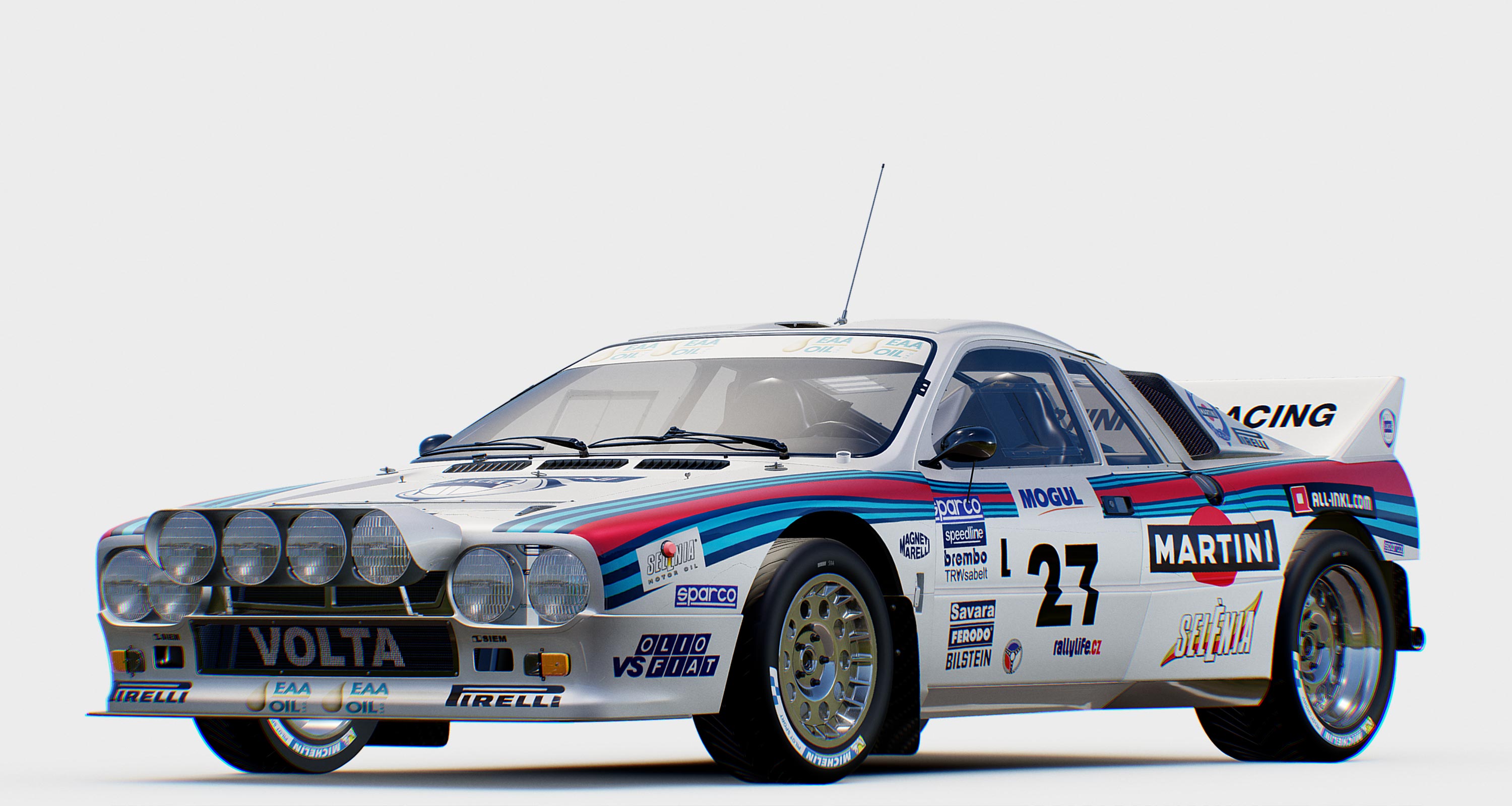
There are few cars that have ever danced so dangerously on the edge of genius and insanity as the Lancia Rally 037. It was born in an age when engineers had the freedom—and perhaps the madness—to create mechanical poetry with no seatbelts for reality. The early 1980s marked the dawn of Group B, rallying’s most infamous chapter, when horsepower was abundant, regulations were thin, and drivers were half-gods, half-stuntmen. In 1983, the Lancia 037 stood alone—a rear-wheel-drive David fighting a turbocharged army of four-wheel-drive Goliaths.
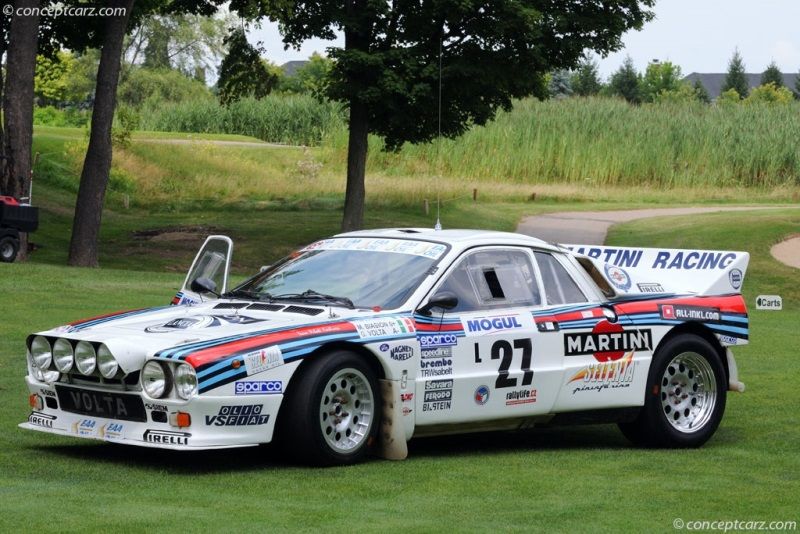
The story began in Turin with Cesare Fiorio, Lancia’s legendary competition manager, who simply refused to accept that the brand’s glory days were over. Fiat had poured its resources into the Stratos and the 131 Abarth before, but Fiorio had something wilder in mind. He summoned engineer Sergio Limone and aerodynamics expert Nicola Materazzi—fresh from Ferrari’s 288 GTO program—to sculpt a machine that would revive Lancia’s dominance. Their creation had the heart of a racer and the elegance of an assassin.
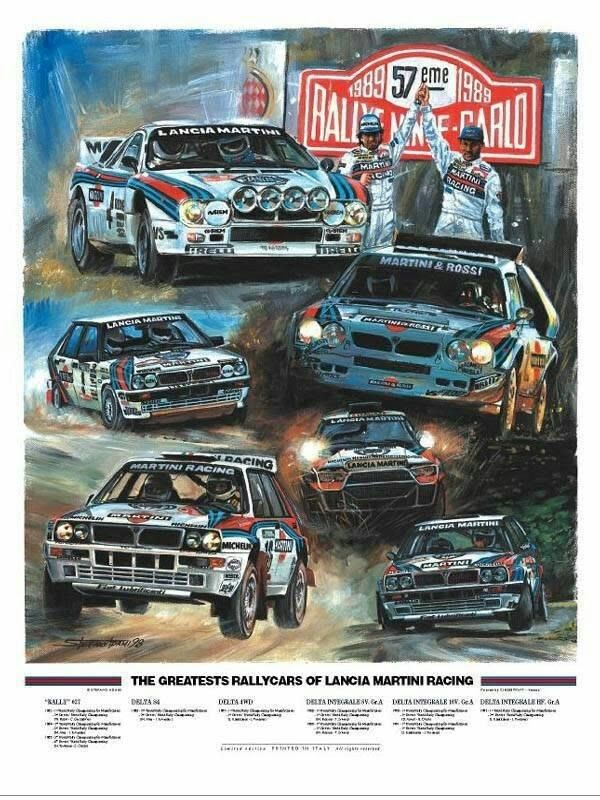
Underneath its fiberglass and Kevlar body panels lay a steel-tubed spaceframe dressed to mimic the innocent Lancia Beta Montecarlo. But there was nothing mild about it. Power came from a 2.0-liter, supercharged twin-cam four developed by Abarth, generating around 325 horsepower in its early form and nearly 400 by the end of its competitive life. The supercharger—a Volumex unit—gave the 037 instant throttle response, a vital advantage on tight tarmac stages where turbo lag could mean the difference between glory and the nearest pine tree.
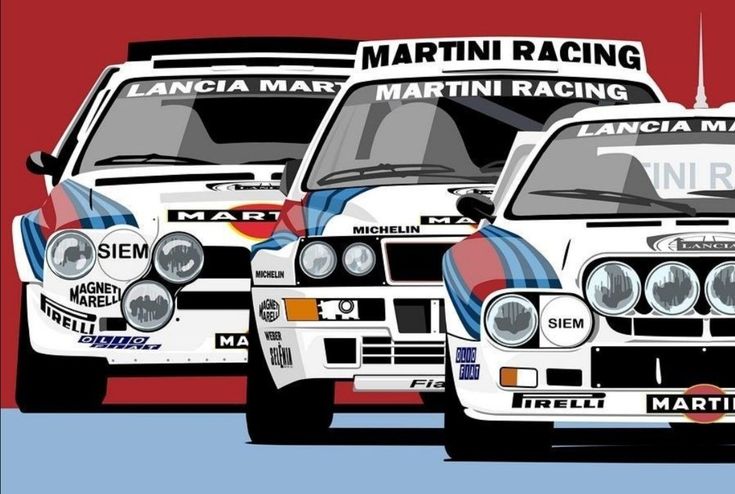
Yet it was a paradox. The 037 was rear-wheel drive in an era fast embracing all-wheel drive. Audi’s Quattro had rewritten rallying physics, but Lancia’s engineers doubled down on purity, claiming that lighter weight and perfect balance could outthink brute traction. They were right—at least for one spectacular season. In 1983, with Walter Röhrl and Markku Alén piloting these vicious machines through the gravel and tarmac of Europe, Lancia did the impossible: they won the World Rally Championship for Manufacturers, the last ever by a two-wheel-drive car. Röhrl himself called it “a weapon so sharp you could cut the air with it.”

Driving it was both art and war. On asphalt, the 037 behaved like a ballet dancer with a knife. Röhrl’s car control turned sideways slides into choreography, his right foot balancing supercharged torque with millimetric precision. The noise—a mixture of whine, snarl, and pure mechanical anger—was as addictive as danger itself. The car demanded respect; one wrong breath and it would snap back, eager to remind you that it answered to no one.
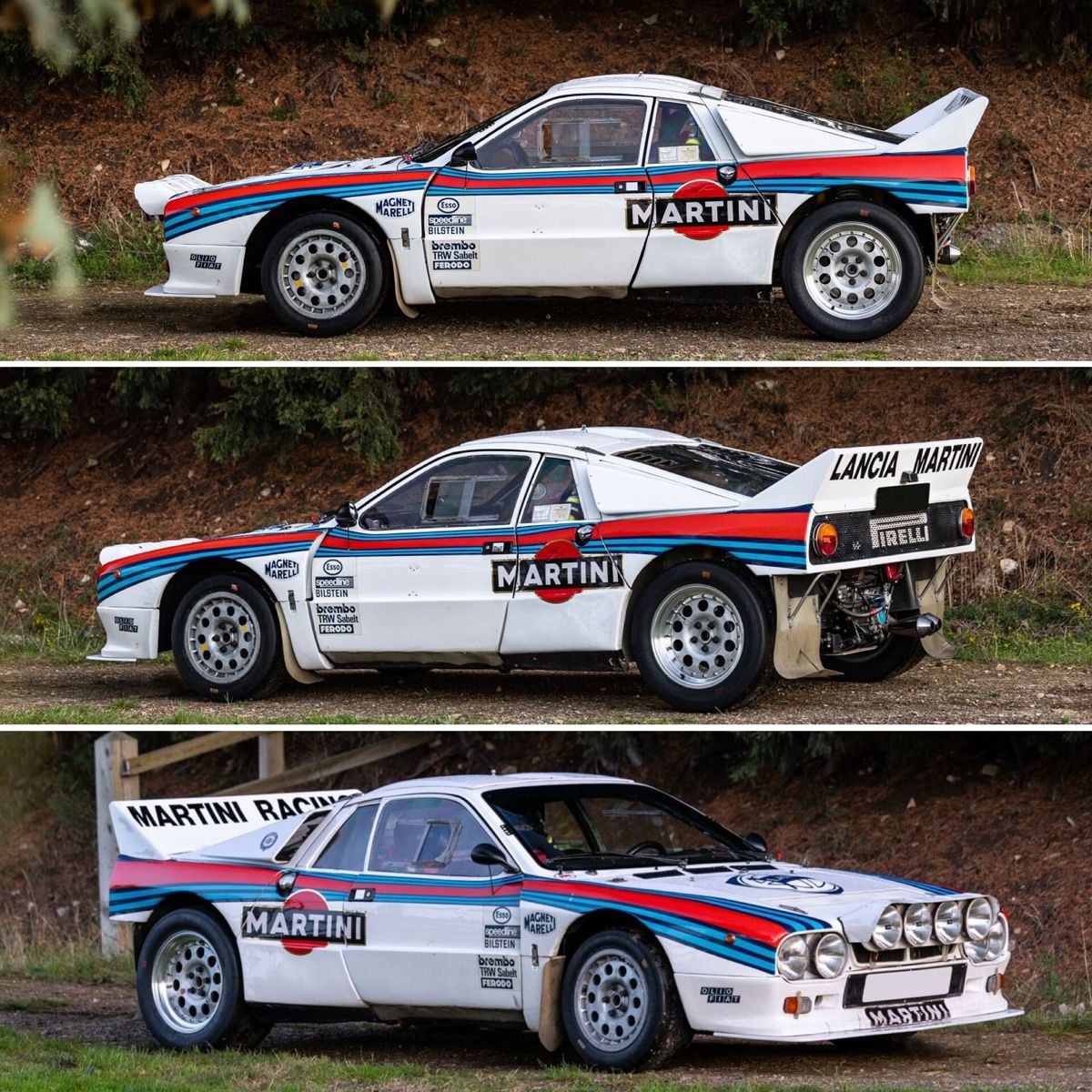
Off the stages, the 037 became legend not only for its victories but for what it represented: the end of innocence in motorsport. Group B would soon spiral into tragedy, its monstrous successors—the Delta S4 and Peugeot 205 T16—making the 037 seem almost civilized. But history remembers courage, and courage was exactly what the Lancia engineers had when they built a rear-drive rally car against all logic and still beat the unstoppable Audi Quattro.

Today, the Rally 037 occupies that sacred space between myth and machine. Collectors treat it like a holy relic, its box-arched body and Martini stripes frozen in time. Its rarity, rawness, and purity make it not just valuable but irreplaceable—a fossil from an era when rallying was about bravery first and engineering second. Owning one isn’t about nostalgia; it’s about holding the last breath of a dying god.

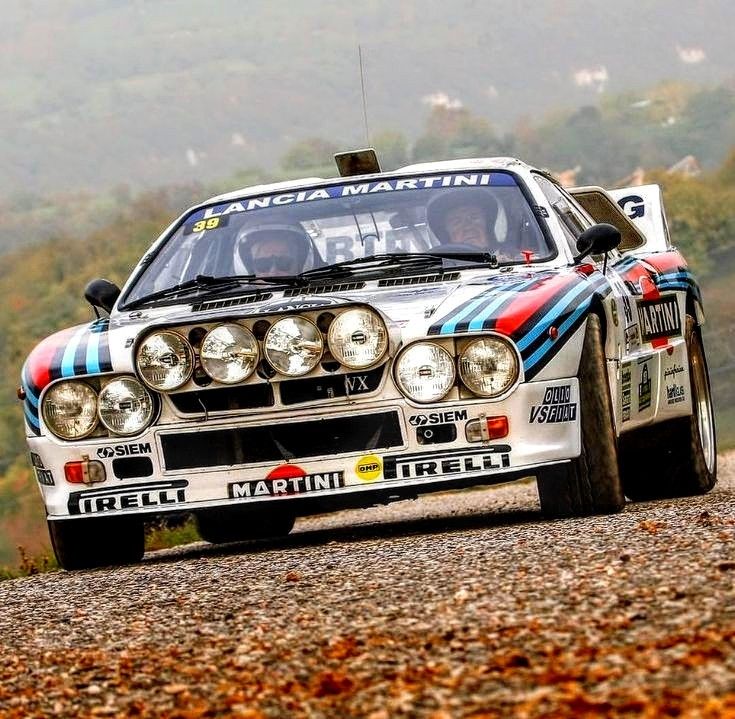
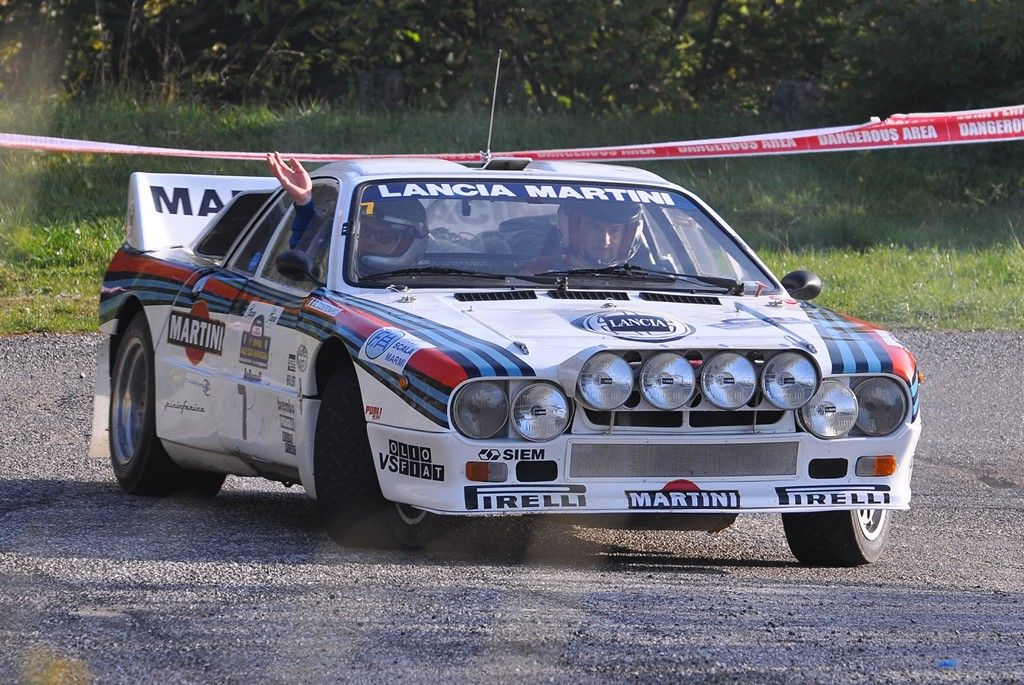

-